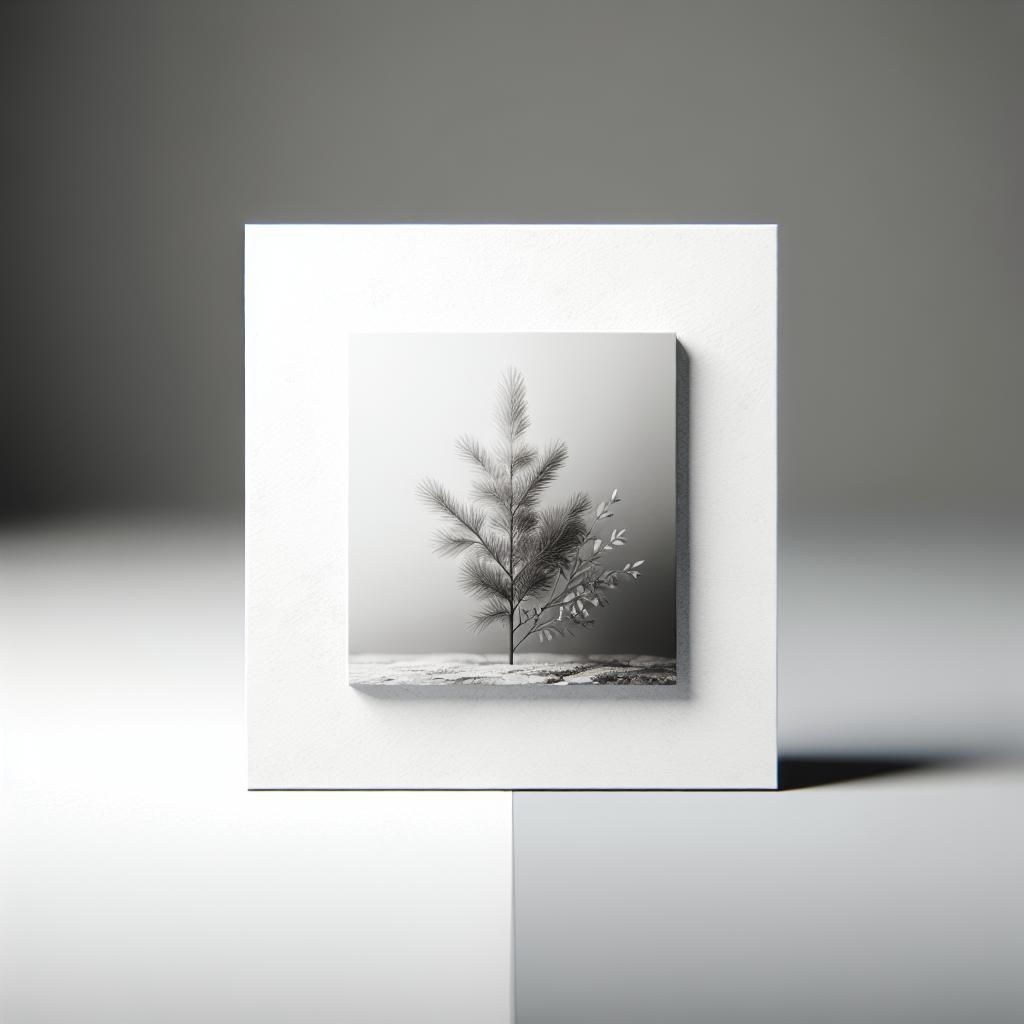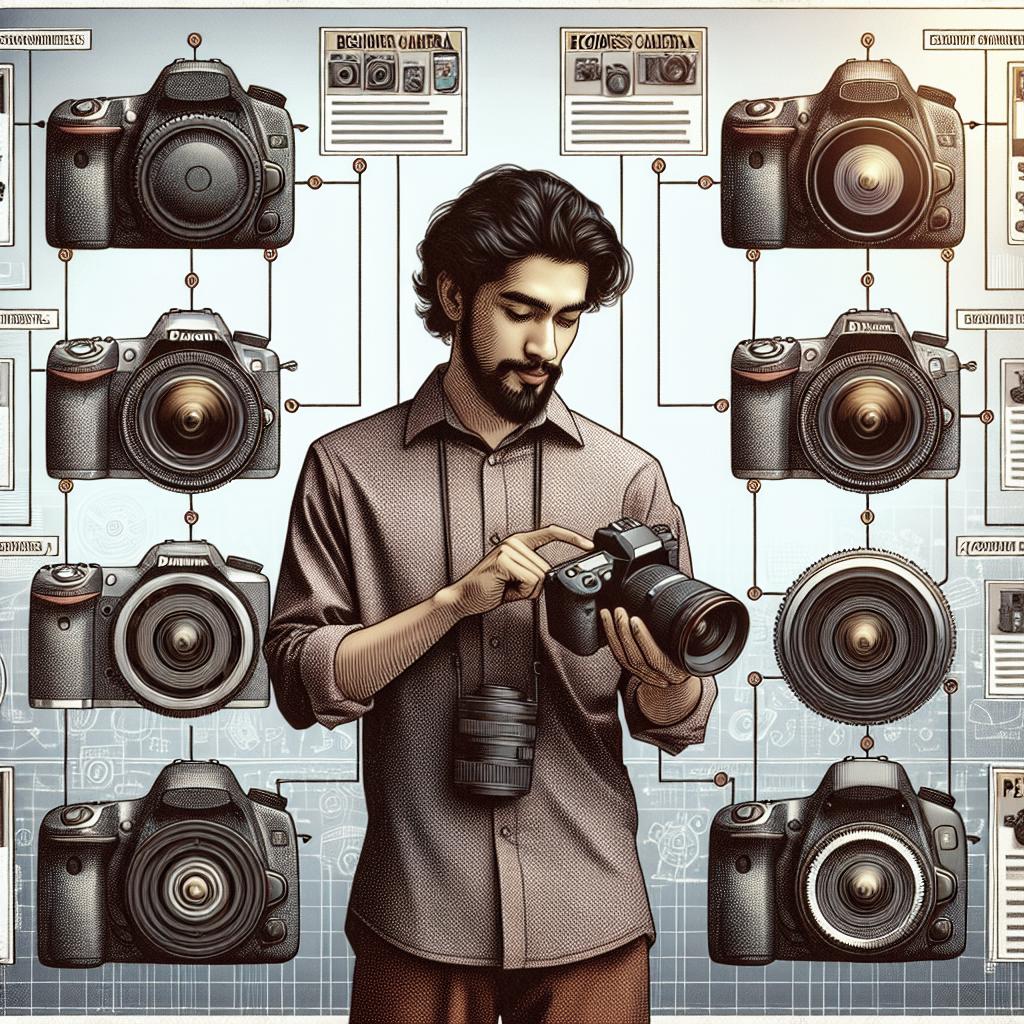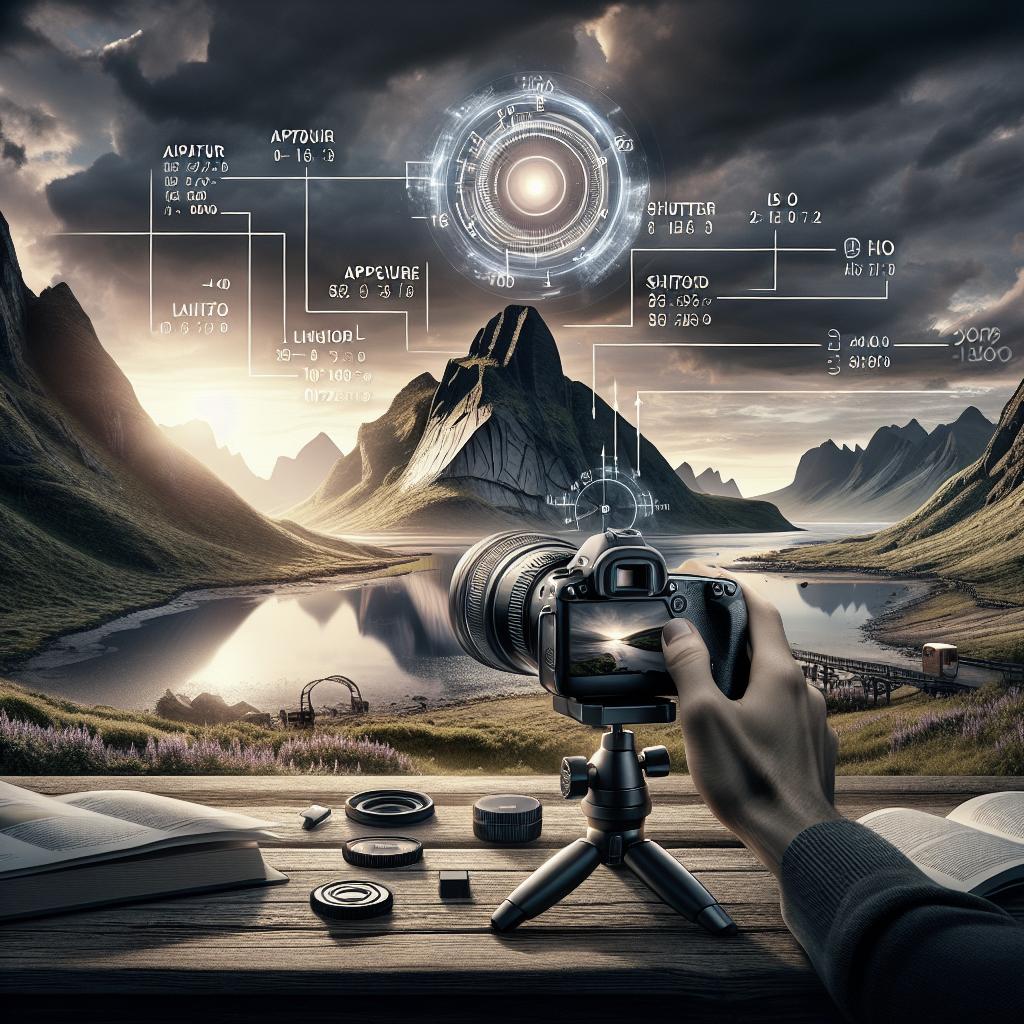“`html
What is Minimalism in Photography?
Introduction
Minimalism in photography is an art form that emphasizes simplicity, focus, and the use of negative space to create striking and evocative images. It prioritizes the reduction of elements within a composition to draw attention to its essential features, allowing the viewer to engage deeply with the subject matter. This blog post will delve into the characteristics of minimalist photography, its techniques, and how one can achieve stunning results with minimal setup and equipment. It outlines the core elements, such as subject isolation and the strategic use of color, and offers personal insights on what constitutes a minimalist photograph. Whether you are an amateur photographer or a seasoned pro looking to hone your minimalist eye, this article provides a comprehensive guide to capturing the beauty of simplicity in your work.
Defining What is Minimalism in Photography
Key characteristics
The hallmark of minimalism in photography lies in its ability to capture only the essential elements of a scene, discarding anything superfluous. This genre is characterized by its crisp, clean lines and focus on forms or subjects that can stand alone to convey a strong visual message. As simplicity is the cornerstone of minimalist photography, photographers often strive to remove distractions, ensuring that each component of the image contributes to the narrative or emotional tone.
Through careful selection of elements, minimalism draws the viewer’s attention to the pivotal aspects of the photograph, often utilizing a single subject to create a stronger impact. The essence of minimalism extends beyond mere reduction; it involves the active choice of what to omit to serve the image’s overall message or emotion.
Importance of simplicity
Simplicity in photography is not merely the absence of complexity, but rather the thoughtful organization of components to create a unified and resonant image. By stripping away excess detail, photographers invite viewers to connect emotionally or intellectually with one focused element or idea. This clear approach can lead to powerful imagery that resonates with viewers long after they engage with the photograph.
Simplicity also aids in maintaining a clean, uncluttered aesthetic, which can be appealing in today’s visually crowded digital landscape. With attention spans short, minimalist images hold the unique advantage of immediate clarity and impact.
Role of negative space
Negative space is a pivotal element in minimalist photography, acting as the ‘breathing room’ surrounding the subject and creating balance within the frame. This expansive area provides contrast, drawing attention to the subject and enhancing its importance. By allowing movement for the eye, negative space adds to the overall compositional harmony.
Moreover, negative space can invoke moods or emotions, depending on its use. A vast expanse can suggest isolation, freedom, or focus, while subtle, constrained negative space can introduce tension or focus. It is the canvas upon which the photographer paints their story, amplifying the image’s power and purpose.
Essential Elements of Minimalist Photography
Subject Isolation
Subject isolation is a technique that centralizes the focus on a specific object or subject within the frame, often using negative space to enhance emphasis. Achieving subject isolation involves careful composition to remove distractions and concentrate the viewer’s attention. This might comprise using contrasting colors or textures within the frame to distinguish the subject.
By isolating the subject, photographers can create a visual narrative that is both direct and contemplative, inviting viewers to ponder the relationship between the subject and its environment. Isolation heightens the subject’s prominence, making it more memorable and impactful to the audience.
Composition Techniques
Use of Colour and Contrast
Color and contrast are integral to crafting a minimalist image, where limited yet deliberately selected hues can add depth and meaning. The use of muted or monochrome palettes can evoke tranquility, whereas bold, contrasting colors can create striking visual tension. Color is employed not merely for aesthetic purposes but to reinforce the subject’s significance within the frame.
Contrast, whether in color or tone, is also pivotal to defining the boundaries and enhancing the clarity of the subject. High contrast can give a subject more punch and visibility in an otherwise serene or flat composition, cementing its place as the focal point.
Minimal Photography Examples
Understanding minimalism in photography can greatly benefit from observing examples that embody its principles. Photographers like Hiroshi Sugimoto and Michael Kenna have mastered the use of minimal elements to create powerful and evocative images. Sugimoto’s seascapes often feature vast, simple horizons with subtle distinctions, emphasizing the beauty of simplicity and scale.
Minimal photography often highlights everyday objects in an unparalleled light, such as a single tree against an open sky or a lone building in a vast urban space. These examples remind us that with creative framing and focused intent, every subject can become visually compelling.
My Personal Criteria for What Minimalist Photography Is
Minimal color palette or complementary colours
A fundamental aspect of my approach to minimalist photography is using a minimal color palette or complementary colors that blend harmoniously or provide a subtle accent. Color choices are crucial in achieving the desired emotional or narrative tone of the photograph.
Minimal texture changes so as not to distract the eye
Ensuring minimal texture variation is another rule I adhere to; the eye should not be distracted by unnecessary details or movement within the frame. Maintaining smooth surfaces or gradual transitions leads to cleaner, more focused images.
Minimum scale of subject – make it small in the composition and framing
The compactness of the subject within the frame, often at a smaller scale, can create a sense of vastness or solitude, effectively utilizing the environment to bolster the narrative of the image.
Maximum space around the subject (Negative space) – say 70%-90% space and environment
Having 70%-90% negative space envelops the subject, creating isolation and enabling the viewer to ponder the subject’s relationship with its environment.
The use of lines and shapes, directional lines, repeating patterns or elements
Incorporating lines and shapes adds direction and movement within the frame, guiding the viewer’s gaze succinctly and contributing to the story’s flow. Patterns and repetition can lend rhythm to the composition.
Strong focal point and simplicity in the minimalist pictures
Each minimalist photograph should possess a robust focal point derived from its simplicity, grabbing and holding viewer engagement while achieving balance and coherence.
Storytelling – how do the subject, space and environment come together to tell a photographic story
Lastly, storytelling remains at the heart of photography. Minimalism allows subjects, space, and context to converge into a single narrative voice, delivering profound stories within simple frames.
Choosing the Right Equipment
Minimalist photography typically requires fewer resources compared to more elaborate styles. A single lens camera with a reputable focal length, such as a 50mm or 85mm prime, can suffice. These lenses provide great clarity and are oftentimes versatile for creating isolated portraits and landscapes.
Consider a tripod or stabilizer to ensure your shots remain steady, especially when using longer exposure times in capturing minimal landscapes or still-life photography.
Camera Settings for Minimalism
Manual settings empower photographers to adjust their camera to achieve a specific aesthetic. Lower ISOs help retain a clean look without noise, while wider apertures (e.g., f/1.8 – f/4) create beautiful subject separation with soft bokeh.
A shutter speed adapted to the lighting and movement within the scene can significantly impact the final output, ensuring clarity and minimal motion blur suitable for simplicity.
Lessons Learned – Minimalism in Photography
| Aspect | Details |
|---|---|
| Key Characteristics | Essential reduction, focus on forms, and the power of simplicity. |
| Importance of Simplicity | Creates resonant images with clear, unified aesthetics and purpose. |
| Role of Negative Space | Provides balance and focus, enhancing the subject’s prominence. |
| Composition Techniques | Use of color and contrast, subject isolation, and storytelling. |
| Choosing Equipment & Settings | Essential gear includes versatile lenses and settings for clarity and depth. |
FAQs – Minimalism Photography
Q: What defines minimalist photography?
A: Minimalist photography emphasizes simplicity, focusing on a subject by reducing unnecessary elements and using negative space effectively.
Q: Why is negative space important in minimalism?
A: Negative space creates a balance, highlighting the subject while providing a visual context that enhances meaning and storytelling.
Q: What equipment do I need for minimalist photography?
A: Minimalist photography often requires a basic setup, including a good prime lens, a camera with manual controls, and occasionally a tripod.
“`


